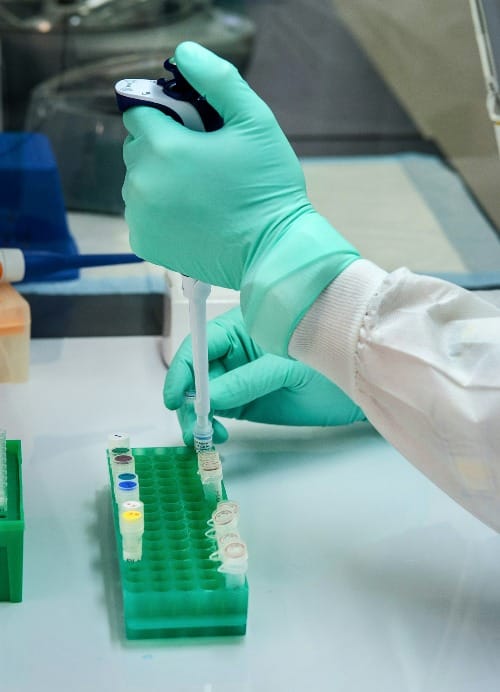Dr. Ben Bikman, a professor of Cell Biology and Physiology at Brigham Young University, has emerged as a leading expert on insulin resistance and its impact on metabolic health. His research focuses on elucidating the molecular mechanisms behind metabolic disorders and exploring the contrasting roles of insulin and ketones in driving metabolic function.
The Role of Ceramides in Metabolic Disruption
Ceramides, a class of lipid molecules, play a crucial role in metabolic disruption and are increasingly recognized as key contributors to obesity-related diseases such as type 2 diabetes and atherosclerosis[5]. These bioactive lipids accumulate in individuals with obesity or dyslipidemia, altering cellular processes in response to fuel surplus[1]. Ceramides exert their detrimental effects through various mechanisms, including inhibition of insulin signaling, reduction of mitochondrial respiration, and promotion of inflammation[3]. Notably, ceramides bind to mitochondrial fission factor (MFF), altering mitochondrial morphology and reducing respiratory capacity, with C16-ceramides produced by CERS6 being particularly implicated in this process[3]. The accumulation of ceramides in tissues not suited for fat storage drives cellular dysfunction, contributing to insulin resistance, triglyceride production, apoptosis, and fibrosis[1]. Research has shown that inhibition of ceramide biosynthesis in rodent models consistently ameliorates insulin resistance, hepatic steatosis, and other metabolic disorders, highlighting the potential of ceramide-reduction therapies as treatments for cardiometabolic diseases[1][2].
Insulin's Impact on Brown Adipose Tissue
Brown adipose tissue (BAT) plays a crucial role in regulating glucose homeostasis and insulin sensitivity. Unlike white adipose tissue, BAT is inversely correlated with BMI in humans and consumes large amounts of energy for thermogenesis[3]. Activation of BAT increases glucose and free fatty acid uptake through β3-adrenergic receptor stimulation, thereby improving insulin sensitivity[2]. Studies have shown that BAT transplantation in mice significantly decreases body weight and improves glucose metabolism and insulin sensitivity, even in high-fat diet-fed mice[3]. In humans, cold exposure activates BAT and increases whole-body glucose disposal, plasma glucose oxidation, and insulin sensitivity in individuals with detectable BAT[4]. This suggests that BAT activation could be a promising approach to combat obesity and metabolic disorders by increasing energy expenditure and improving glucose homeostasis[5].
The Athlete's Paradox: Triglycerides and Insulin Resistance
The athlete's paradox refers to the phenomenon where endurance-trained athletes exhibit high levels of intramyocellular triglycerides (IMTGs) while maintaining high insulin sensitivity, in contrast to sedentary individuals with obesity or type 2 diabetes who have similarly high IMTG levels but are insulin resistant[1][4]. This paradox challenges the conventional understanding of the relationship between muscle lipid content and insulin sensitivity. Research has shown that endurance-trained athletes store IMTGs in small, PLIN5-rich lipid droplets closely associated with mitochondria, allowing for efficient fatty acid oxidation during exercise[4]. In contrast, individuals with obesity and insulin resistance store IMTGs in larger lipid droplets that are more susceptible to unregulated lipolysis, leading to the accumulation of lipid intermediates like diacylglycerols (DAGs) and ceramides, which can interfere with insulin signaling[2][4]. Studies have found that athletes have higher total muscle DAG content compared to sedentary individuals, but with differences in stereoselectivity and subcellular distribution that may explain their maintained insulin sensitivity[2]. Understanding this paradox is crucial for elucidating the mechanisms by which ectopic lipid storage in muscle affects insulin sensitivity and may lead to new approaches for preventing or treating insulin resistance and type 2 diabetes[4].













Member discussion